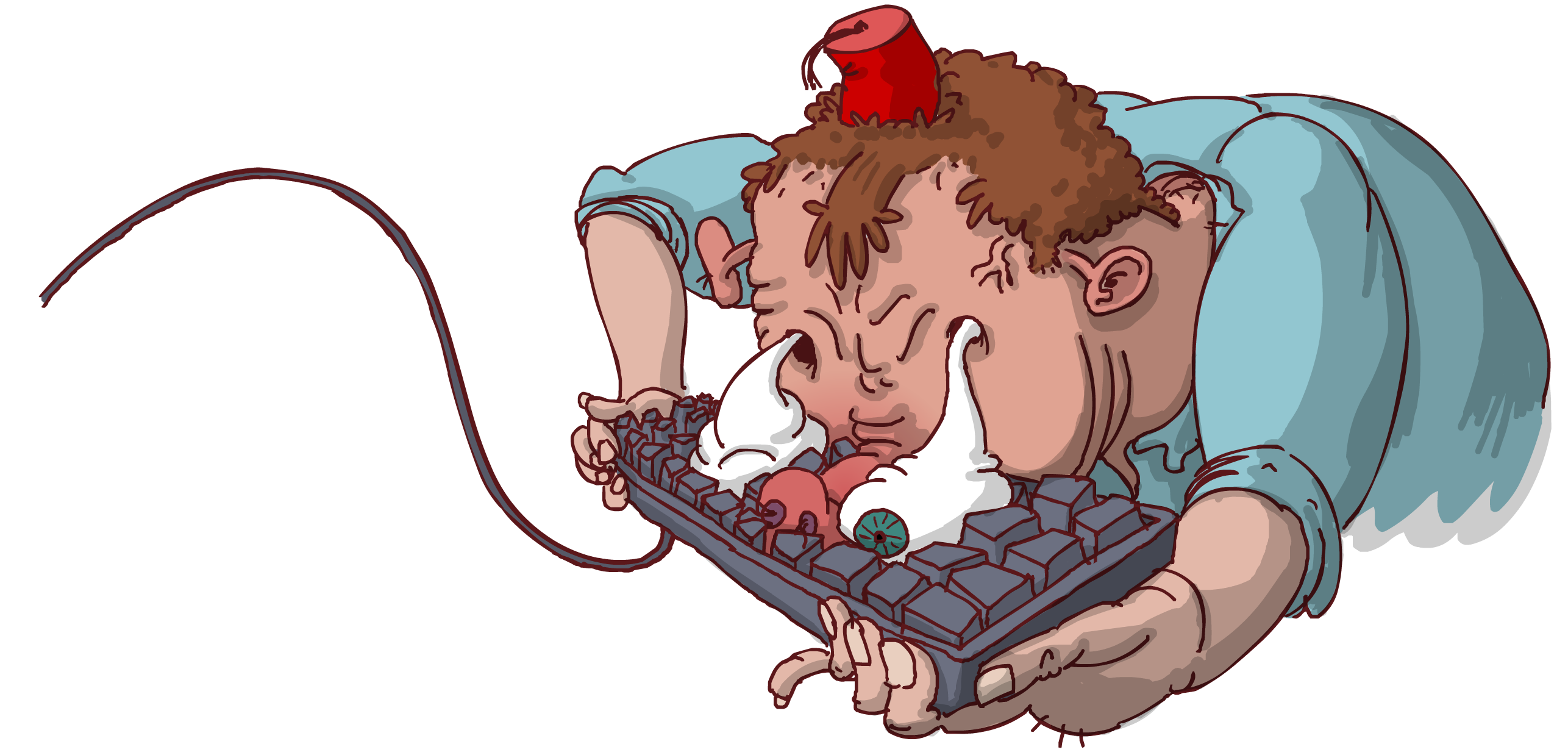How To Write An Email To Get Work

We often get emails from people looking for work with Dice Productions. Sometimes they want work experience, sometimes they want a full time position, and sometimes we have absolutely no idea what they want.
While it’s nice for people to get in touch and want to work with you, it’s also immensely frustrating. Not because we’re being hassled by the emails, far from it, but because people getting in touch simply haven’t done their homework.
A brief look at our website, or our social media profiles, would quickly tell you that Dice Productions is the working name of freelance animator Louis Hudson and encompasses the work he does with writer Ian Ravenscroft. We are not a studio or a production company. Yet the emails still roll in.
The thing is, we really want those emails. But we definitely don’t want them in the way they come in.
In a refreshing change to the norm, we recently received an email from a student actor that wants to do some work with us and they totally nailed how to write that kind of email. It reminded me that there is a format for these emails that isn’t discussed very often and is actually fairly unique to independent or growing companies in the media/arts/digital crowd where apprenticeships, training schemes and even job interviews are not standardised.
So prompted by that, here’s an example of what to do before you email:
- Google the company/person you’re contacting
- Read through their website
- Check for ‘how to contact’ guides on their site
- Look up their social media profiles
- Look through their previous work/project to see if your offer is relevant
- See if they are a company, an individual or a loose collective
And here’s an example of what to include in an email:
Hi (name of contact, spelled correctly),
My name is (your name). I am a (actor/animator/filmmaker etc). I am interested in (doing a project with you/meeting up for a chat/helping on an existing project).
I am currently (a student doing this/working on this) and previously (did this, this and this). My aim is to (do this sort of thing in this area).
I’d like to (work with you/meet up) because (I want experience/I’m interested in this relevant thing/I have an idea or skill to share) and because (I like a thing you did or are doing/I think you’d be be able to add something or help me).
Here is my (link to showreel/CV/website). Check it out if you have time.
If you can help me it would be appreciated. I can be contacted by email, phone (phone number), or via Twitter (twitter link).
Regards,
Your name
(include any links: website, twitter, showreel at bottom in email signature)
This sort of email makes me happy. The sender hasn’t sent an unnecessarily epic paragraph of their life history, it’s got all the information anyone would need, it’s friendly in tone, and shows that you know who you are contacting and why.
What this does is make the contact:
- More likely to respond
- More likely to see your work
- More likely to meet up with you
- And more likely to save your details for future work
Some key things to point out are the inclusion of links because people won’t spend time googling for your bits and pieces and won’t know (despite reams of text) what it is you’re offering without seeing it for themselves.
The last point I’d like to make is that an email like this doesn’t have to ask for work straight away. I’d recommend sending an email to ask if the contact will meet you for a coffee and a chat first as you’ll be able to put yourself across better in person. It’s easier to get a foot in the door than try to kick it down after it’s shut.
Hopefully that didn’t come across as too preachy, but we do get these emails and they are invariably bad and often mind boggling so this might be useful to some people.